"Katrina: The Storm That Never Stopped" (CNN, 2015)
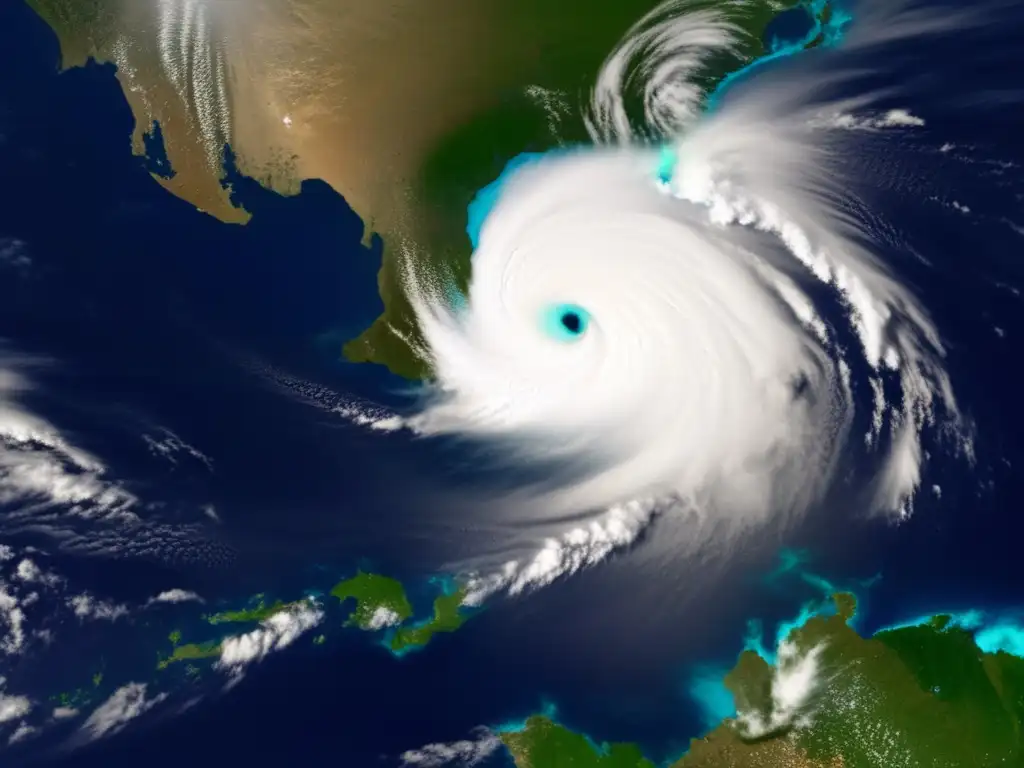
An In-Depth Review of the Hurricane Documentary: "Katrina: The Storm That Never Stopped" (CNN, 2015)
- Introduction
- Documentary Details
- How "Katrina: The Storm That Never Stopped" (CNN, 2015) Portrays Hurricanes
- Key Aspects of "Katrina: The Storm That Never Stopped" (CNN, 2015)
- Comparing "Katrina: The Storm That Never Stopped" (CNN, 2015) to Other Hurricane Movies
- Popular Opinion and Reception of "Katrina: The Storm That Never Stopped" (CNN, 2015)
- Frequently Asked Questions
- Conclusion
Introduction
"Katrina: The Storm That Never Stopped" is a documentary film released in 2015 by CNN. Directed by John Block and produced by Tim Johnson, it depicts the historic Hurricane Katrina that devastated New Orleans in 2005. The documentary portrays the build-up to the storm, its strength, and aftermath, showcasing the resilience of the city and its citizens. In this article, we will explore how "Katrina: The Storm That Never Stopped" portrays hurricanes and their impact on society.
Documentary Details
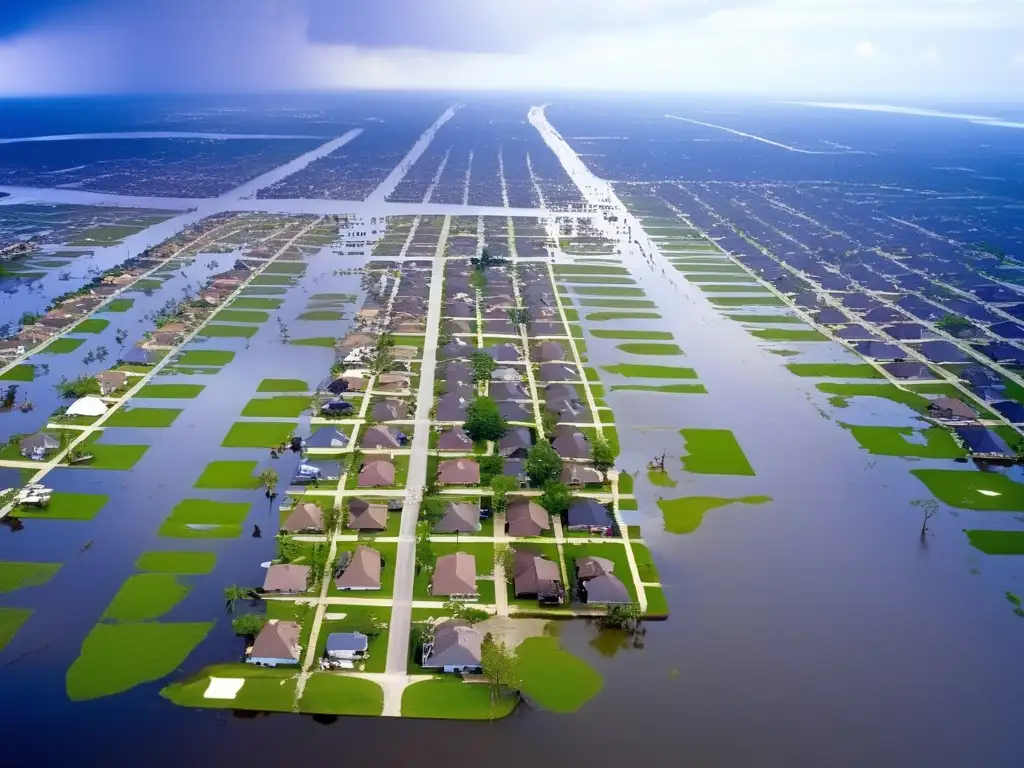
- Documentary Title: Katrina: The Storm That Never Stopped
- Director: John Block
- Producer: Tim Johnson
- Release Year: 2015
- Additional Interesting Facts: The documentary features interviews with many New Orleans residents who survived the storm, as well as emergency responders and government officials who worked to mitigate its impact.
How "Katrina: The Storm That Never Stopped" (CNN, 2015) Portrays Hurricanes
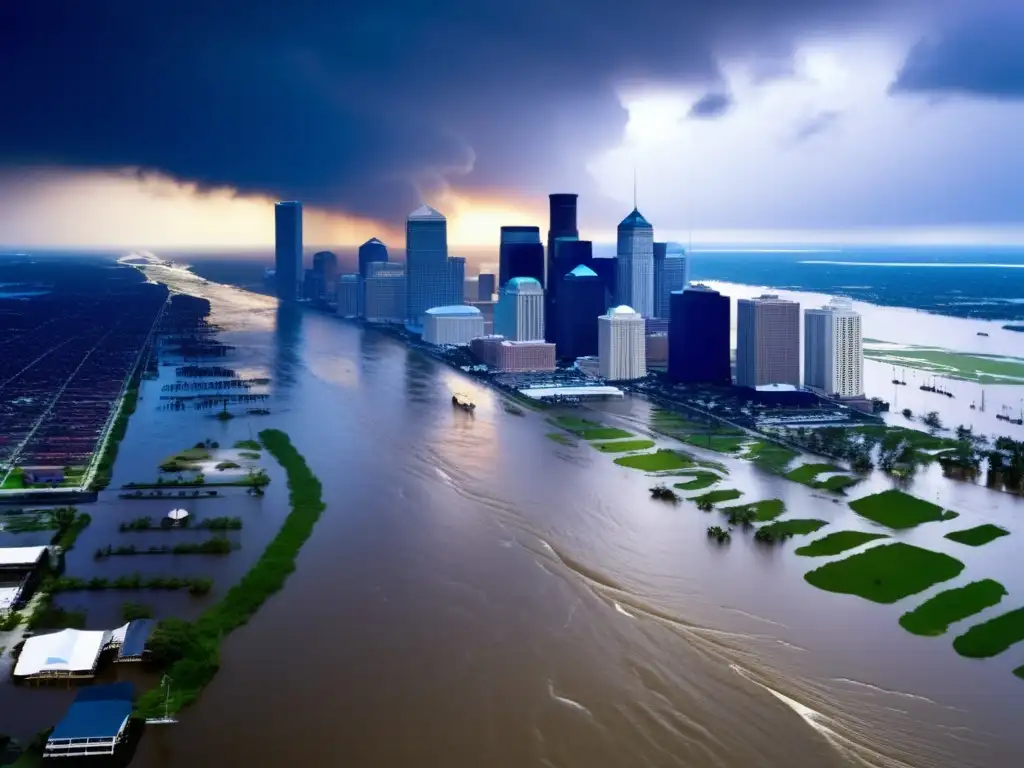
The Role of Hurricanes in the Plot
The documentary "Katrina: The Storm That Never Stopped" portrays hurricanes as a natural disaster capable of causing widespread devastation. The story revolves around the events leading up to Hurricane Katrina, the catastrophic damage the storm caused, and the long road to recovery.
At the beginning of the film, audiences are introduced to the science behind hurricanes and how they develop, including information about the warm waters of the Gulf of Mexico that contribute to intense hurricane activity. The documentary then focuses on the efforts of government agencies, emergency responders, and local communities to prepare for the storm.
Potential Scenarios Where Hurricanes are Depicted
Throughout "Katrina: The Storm That Never Stopped", there are many scenes that depict the brutal power of hurricanes. For example, viewers see footage of the storm surge overtaking the levees and flooding New Orleans, causing widespread destruction to homes, businesses, and infrastructure. Additionally, the documentary shows the immense challenges citizens faced in responding to the storm and rebuilding their lives, from maintaining access to clean water to navigating the Federal Emergency Management Agency (FEMA) bureaucracy.
Key Aspects of "Katrina: The Storm That Never Stopped" (CNN, 2015)
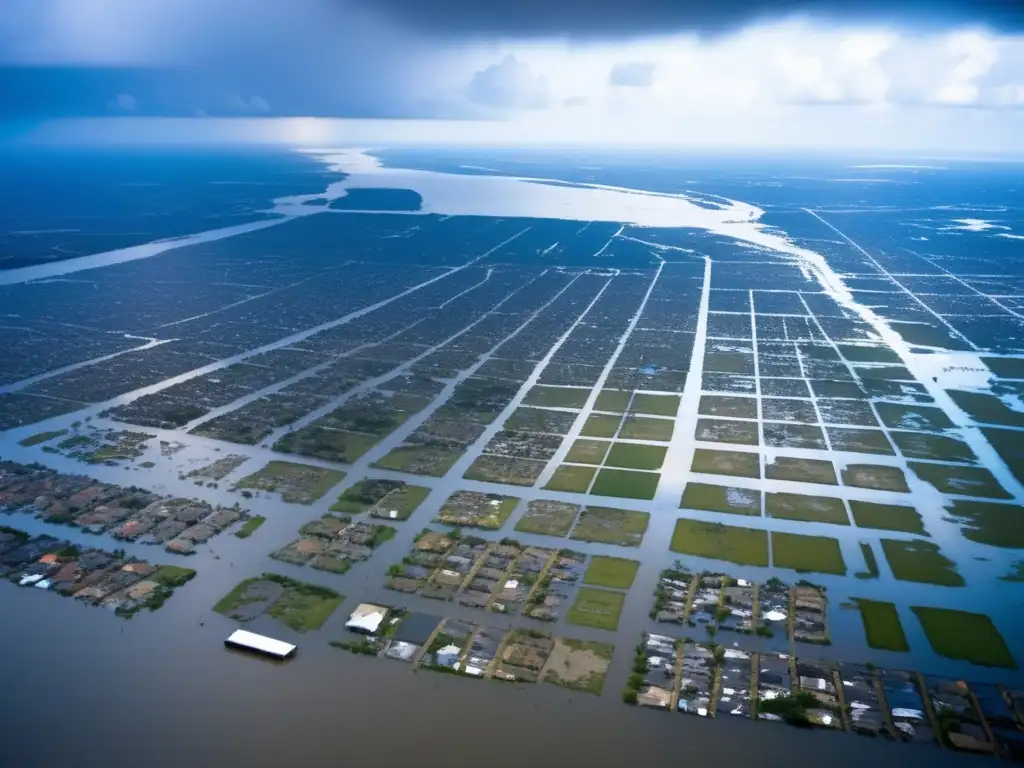
Storyline and Characters
The central plot of "Katrina: The Storm That Never Stopped" centers around the people of New Orleans and their experiences before, during, and after Hurricane Katrina. The documentary provides a nuanced portrayal of how different communities responded to the storm. Audiences see how some citizens were able to evacuate ahead of the storm, while others lacked the resources to do so. The film also highlights struggles with communication between local officials and federal agencies, as well as disputes over the allocation of disaster relief funding.
Overall, the film's characters are presented as resilient and resourceful. Despite facing immense challenges, they band together to rebuild their communities and support each other in the face of extreme adversity.
Cinematic Techniques and Special Effects
"Katrina: The Storm That Never Stopped" features footage from news broadcasts and interviews with residents who lived through the storm, making the documentary feel authentic and grounded in reality. The filmmakers also include vivid depictions of wind and rain, flooding, and the devastation wrought by Hurricane Katrina. Audiences are given an intimate look at the aftermath of the storm, with scenes showing destroyed homes, flooded streets, and overcrowded evacuation centers.
Realism and Accuracy
The documentary is grounded in factual accuracy and was well-received by critics for its commitment to portraying the events of Hurricane Katrina as they unfolded. "Katrina: The Storm That Never Stopped" highlights the ways that government agencies struggled to respond to the storm and shows how local communities worked together to fill the gaps.
As a result, the film has educational value for audiences interested in learning about hurricanes and disaster preparedness. It also serves as a historical document of the storm and its impact on New Orleans and the Gulf Coast.
Comparing "Katrina: The Storm That Never Stopped" (CNN, 2015) to Other Hurricane Movies

The Perfect Storm
"The Perfect Storm" (2000) is a film based on the true story of a 1991 storm off the coast of Massachusetts that claimed several lives. While both "The Perfect Storm" and "Katrina: The Storm That Never Stopped" center around the impact of extreme weather conditions, the two films differ in their focus. "The Perfect Storm" is primarily a disaster movie that centers around a fishing boat crew's struggle to survive in treacherous waters. In contrast, "Katrina: The Storm That Never Stopped" is a documentary that explores the social, economic, and political impacts of a hurricane on a local community.
The Day After Tomorrow
"The Day After Tomorrow" (2004) is a big-budget Hollywood film starring Jake Gyllenhaal and Dennis Quaid. The movie depicts a catastrophic scenario in which climate change causes a massive superstorm that engulfs much of the Northern Hemisphere. While "The Day After Tomorrow" is a fictional account of extreme weather, it shares some similarities with "Katrina: The Storm That Never Stopped" in its emphasis on the political response to a natural disaster.
In summary, While both "The Perfect Storm" and "The Day After Tomorrow" portray hurricanes in a dramatic and fictionalized manner, "Katrina: The Storm That Never Stopped" offers a more nuanced and realistic depiction of the impact of a hurricane on people and their communities.
Popular Opinion and Reception of "Katrina: The Storm That Never Stopped" (CNN, 2015)

"Katrina: The Storm That Never Stopped" was critically acclaimed upon its release, earning high praise from publications such as The New York Times and Variety. Audiences found the documentary to be an emotive and powerful portrayal of the events surrounding Hurricane Katrina. In terms of awards, the documentary was nominated for an Emmy and won a Peabody Award in 2016.
Frequently Asked Questions
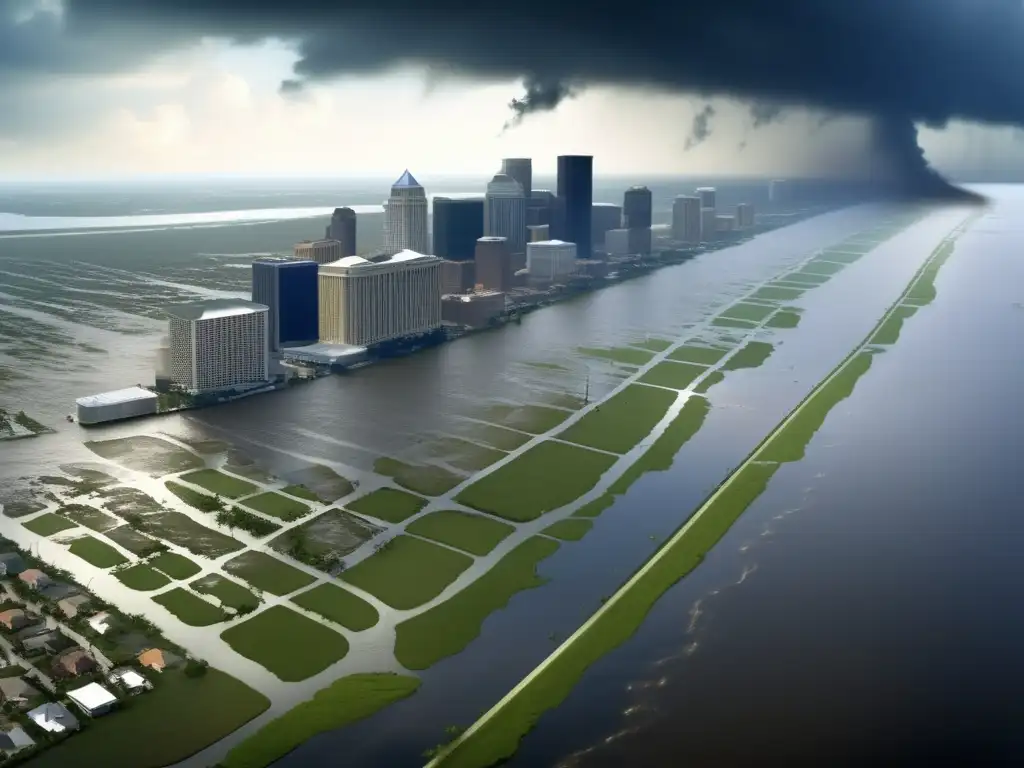
-
What was the historical significance of Hurricane Katrina?
Hurricane Katrina is considered one of the most devastating natural disasters in American history. The storm made landfall in New Orleans, Louisiana, in August 2005, causing over $125 billion in damages and claiming over 1,800 lives.
-
How did the government respond to Hurricane Katrina?
The response to Hurricane Katrina by the federal and state governments was widely criticized, with many accusing officials of inadequate preparation and response. In particular, the response of the Federal Emergency Management Agency (FEMA) was heavily criticized for its slow and ineffective response to the disaster.
-
What lessons can we learn from Hurricane Katrina?
Hurricane Katrina highlighted many problems with emergency response and disaster management in the United States. In its aftermath, many changes were made to the way the government responds to natural disasters, including reforms to FEMA and increased funding for disaster relief.
-
How accurate is "Katrina: The Storm That Never Stopped"?
The documentary is grounded in factual accuracy and has been praised by critics for its commitment to portraying the events of Hurricane Katrina as they unfolded.
-
What makes "Katrina: The Storm That Never Stopped" unique among other hurricane movies?
"Katrina: The Storm That Never Stopped" is unique in its approach to portraying hurricanes as a social issue. Rather than focusing exclusively on the physical destruction wrought by the storm, the film takes a broader perspective, exploring the political and economic factors that impacted the city's response to the disaster.
Conclusion
"Katrina: The Storm That Never Stopped" is a powerful and emotive documentary that provides a nuanced and realistic portrayal of the impact of Hurricane Katrina. The film's focus on the social and political factors that shaped the response to the disaster offers a unique perspective on the role of hurricanes in our society. By exploring the experiences of the people of New Orleans and their resilience in the face of extreme adversity, the documentary highlights the importance of disaster preparedness and community support in times of crisis.
 "Storm Of The Century: The Labor Day Hurricane Of 1935" (History Channel, 2005)
"Storm Of The Century: The Labor Day Hurricane Of 1935" (History Channel, 2005) "Deadly Hurricanes: The Hidden Dangers" (BBC, 2016)
"Deadly Hurricanes: The Hidden Dangers" (BBC, 2016)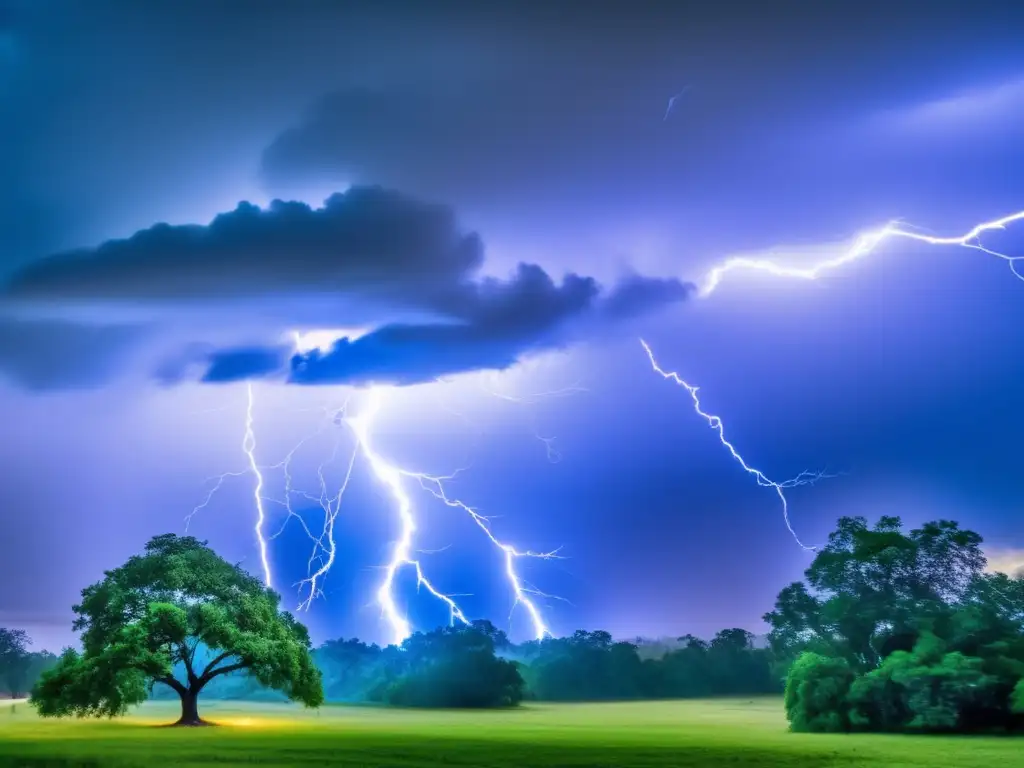 "Storm Wars: Nature's Wildest Storms" (Discovery Channel, 2008)
"Storm Wars: Nature's Wildest Storms" (Discovery Channel, 2008)If you want to discover more articles similar to "Katrina: The Storm That Never Stopped" (CNN, 2015), you can visit the Documentaries about Hurricanes category.
Leave a Reply

Articulos relacionados: